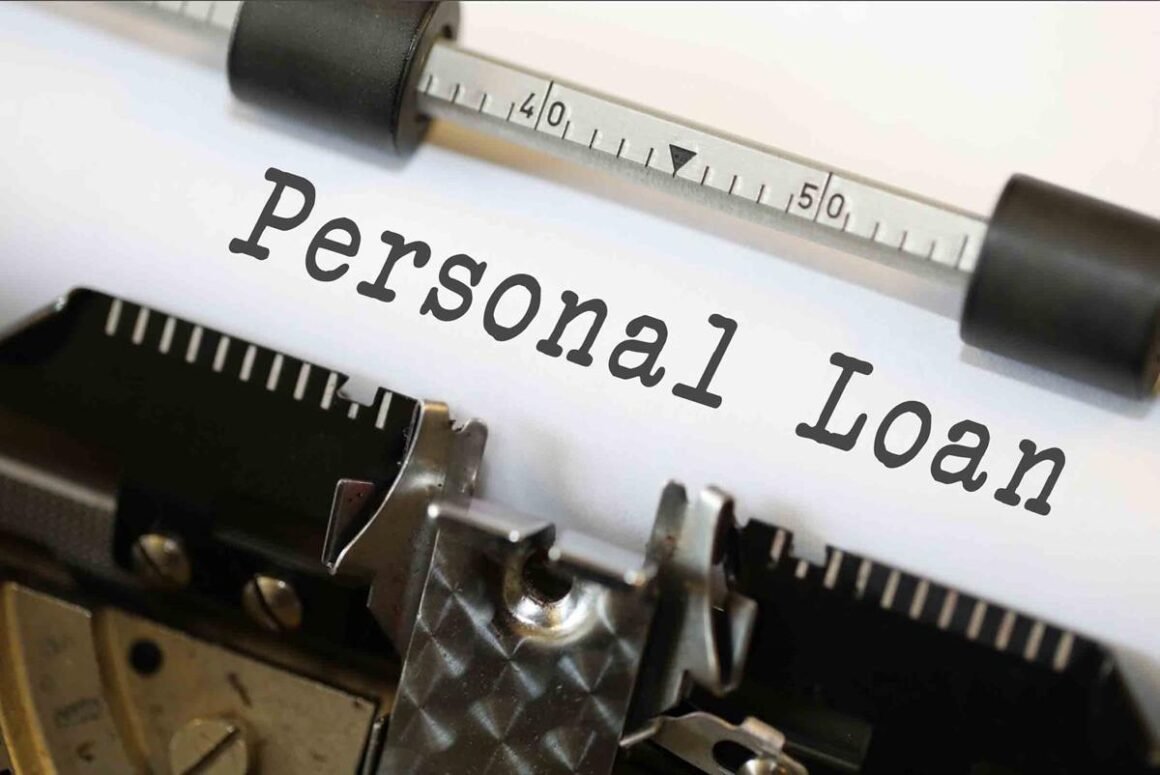Table of Contents Show
There are many situations where a large amount of money might be required to cover single or multiple expenses.
And it’s not always possible to borrow large amounts of money from friends or relatives, and that’s where the relevance of a Loan comes in.

There are various loan types but we are going to discuss the most common and easily available loans, i.e., personal loans.
Simply put, a personal loan is a type of loan where a lump sum amount of money is borrowed from an entity for personal expenses.
Why do people take out Personal Loans?
On average Personal Loans are taken out between the amounts of $1000 to $50,000. These are amounts that are required for either emergencies or large expenses that usually cannot be reduced. People take out personal loans for the following reasons:
- They want to renovate or have repairs done at home
- They have medical bills or medical procedures that have to be performed
- They require it for wedding expenses
- They want to go on vacations or trips
- Emergency bill payments
- Payment of other loans
Read Also:
How do Personal Loans Work?
When someone wants to apply for a personal loan, they apply through banks, credit unions, online lending companies, or other non-bank financing companies. There is also another option to apply for a personal loan where anyone can apply through online websites such as Plenti.
The process might vary depending on the type of entity used for borrowing the loan, but in general, an application form will have to be completed that asks for personal information for verification and documentation purposes.
Once the financial institution has processed the application, the money will be deposited directly into the person’s bank account.
Here are some important parts of the personal loan that everyone should be aware of:
Interest Rates
This is a percentage charge applied on top of the loan. When you take a personal loan, you will also be paying back the lender a fixed annual percentage based on the terms and conditions of your loan.
Monthly Payment
When you take out a personal loan, it is paid back every month for over a period of agreed-upon time (usually years). This will usually be a fixed amount that you pay back to the lender every month during which your loan is active.
Repayment Time
This is the agreed-upon time frame where the borrower is expected to complete the repayment of the loan, with interest rates included.
Processing Fee
Some personal loans include a processing fee charged in addition to the interest rate. This fee could be fixed or based on a percentage, depending on the company providing the loan.
What are the Prerequisites for a Personal Loan?
Now that we have covered what a personal loan is and the details included in the loan’s undertaking, it’s time to cover the documentation required to complete the borrowing process. And for that, you will need:
1. Loan Application Form
Any entity that lends money has its version of the loan application form. This form requires you to fill in some basic personal information like your full name, your contact number, email, address, etc.
2. Proof of Identity
Lenders are legally liable to ensure that they are careful about whom they lend money to, in accordance with the laws of the country and state.
For this reason, they will require you to submit a copy of your identity. This could be a copy of your ID card, passport, driver’s license, birth certificate, etc.
3. Income Confirmation
Lenders are always at risk of people defaulting on their payments. That is when someone is due to repay the money but does not do so, despite the agreement.
For this reason, lenders have a requirement for income confirmation, which is a document to verify that you have a steady income that will allow you to repay the loan.
In this case, you will usually be asked to provide your employer’s contact, bank statements, tax returns, or payslips. Get engaged with income tax loans 2021, if you are looking for any emergency loans.
4. Proof of Address
Lenders will require you to provide utility bills and or lease agreements to gauge your lifestyle stability, which lets them further deduce the possibility of whether they are at risk by lending to you or not.
Conclusion
Personal loans are a very basic need that provides people access to a lump sum amount that they don’t have collected, which they have to repay to the lender in an agreed-upon time frame.
There are a few basic documents required that the lender uses to assess whether they can safely lend the money or not.
The process is very simple, and someone from the lender’s side is always available to guide the borrower and explain the process.










